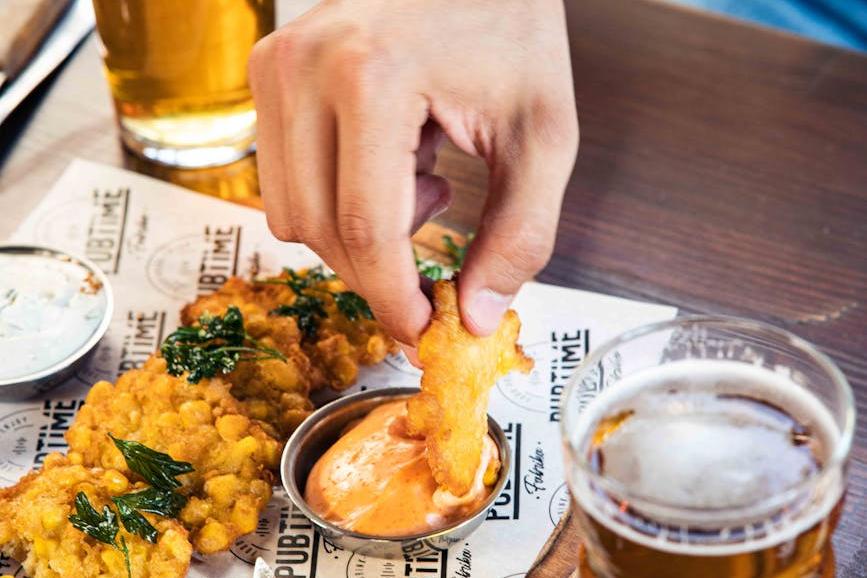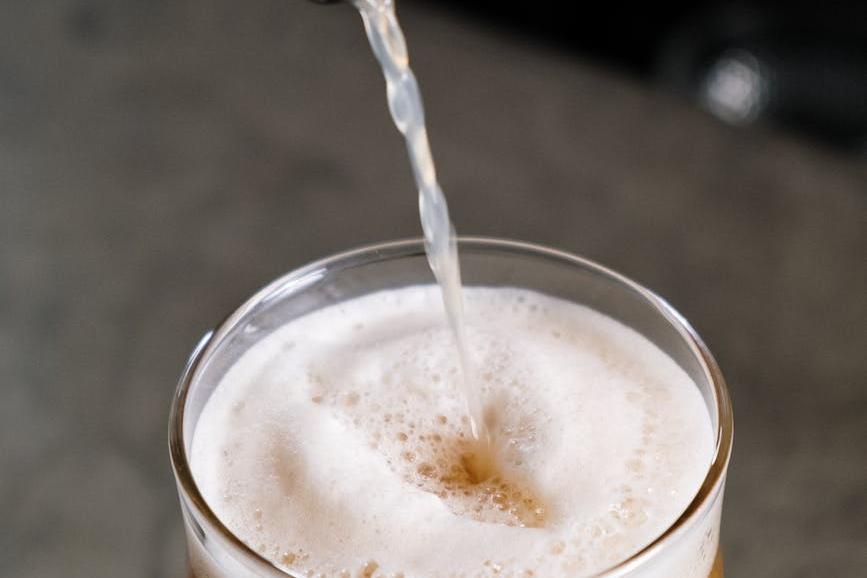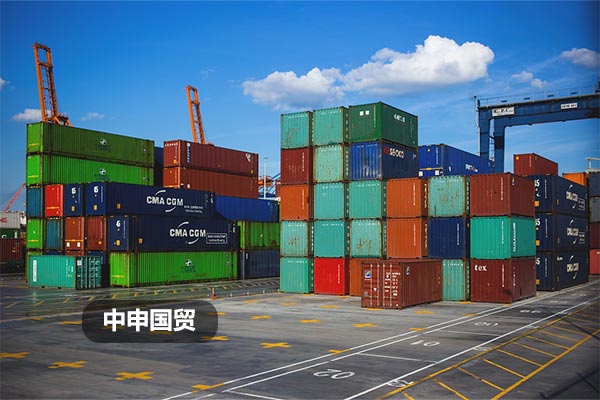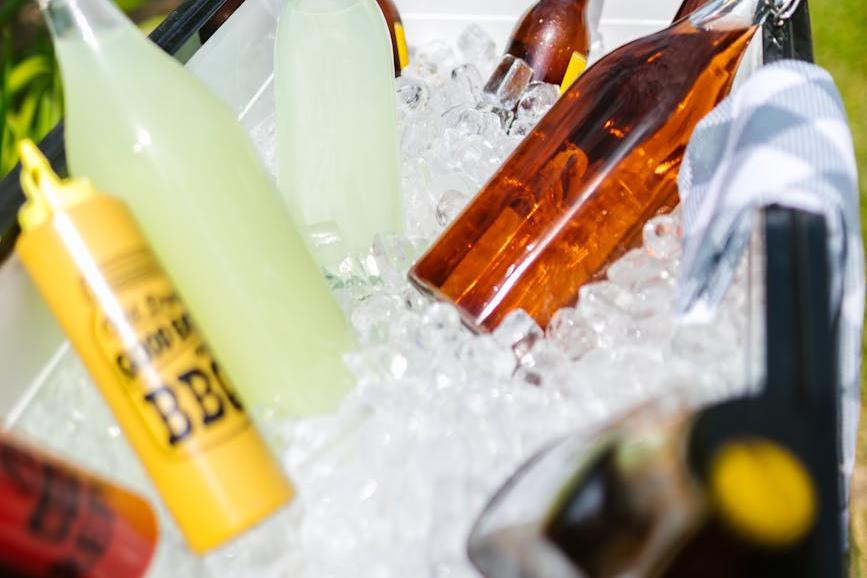- Shanghai Zhongshen International Trade Co., Ltd. - Two decades of trade agency expertise.
- Service Hotline: 139 1787 2118
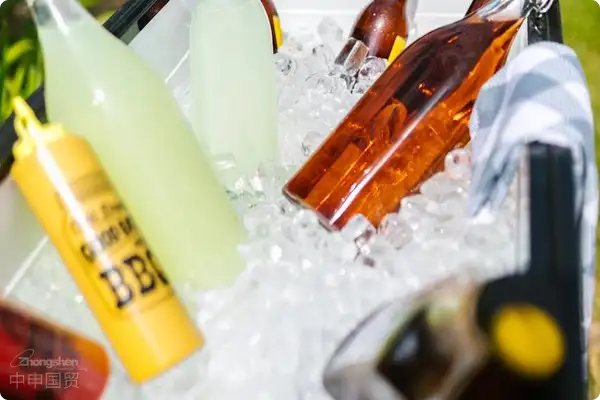
When craft beer meets HS codes
Last year, while handling a shipment of German craft beer for a client, I discovered that the customs broker had mistakenly declared sour beer as regular fermented beer, nearly triggering a customs inspection. This incident made me realize:Clearing beer through customs is far more complicated than just filling in the HS code.Today, let's take you inside this unique battlefield filled with the aroma of malt.
The Quartet of Customs Clearance Procedures
- Prelude Preparation
- Please confirm the beer type (fermented beverage/blended beverage).
- VerifyIt is recommended to verify through the following methods:Books and health certificates
- Prepare the Chinese back label design draft
- Tariff Symphony
- Regular beer: 5% tariff + 13% VAT + consumption tax (250 yuan/ton)
- Alcohol-free beer: Enjoy reduced excise tax
| Project | Ordinary Beer | Alcohol-free beer |
|---|---|---|
| Tariff | 5% | 5% |
| Consumption Tax | 250 yuan/ton | Exempt from taxation |
The Pitfalls Weve Encountered Over the Years
Please translate the following Chinese into English: Last year, an importer declared Belgian Trappist beer as "other fermented beverages," which resulted in customs requiring a 30% duty difference to be paid. Here's a little-known fact:Alcoholic content ≥0.5% vol must be declared as an alcoholic beverage.Don't be fooled by some traders' "alcohol-free" rhetoric.
Three Axes of Cost Control
- Select countries with free trade agreements (e.g., Chile/Australia for tariff preferences)
- Reasonably design packaging specifications (pay attention to the consumption tax threshold).
- Conduct label pre-review in advance (to avoid demurrage charges due to port rectification).
Practical Case: Oktoberfest Special Edition
Last year, we handled the limited-edition Oktoberfest beer, which involved three major special treatments:
- Cultural Approval Document: Requires approval from the Ministry of Culture and Tourism due to inclusion of traditional festival patterns.
- Special transportation: Requires temperature-controlled container + shockproof packaging.
- Express Clearance: Utilize the Customs Pre-determination Mechanism to Secure Classification in Advance
Warnings about Common Misunderstandings
- Misconception 1: Believing that imported bottled wine does not require a Chinese label (in reality, it is mandatory for customs inspection).
- Misconception 2: Neglecting the Phytosanitary Requirements for Hop Extracts
- Misconception 3: Declaring craft beer and industrial beer together.
Finally, heres a practical suggestion:For the first import, it is essential to conduct pre-classification of the goods.Last year, a client was required to pay taxes under the category of "other alcoholic beverages" due to exceeding the malt concentration limit, which directly doubled their costs. Remember, customs determine the beer category based on three essential factors: ingredient composition, production process, and alcohol content—none of these can be omitted.
Related Recommendations
? 2025. All Rights Reserved. Shanghai ICP No. 2023007705-2  PSB Record: Shanghai No.31011502009912
PSB Record: Shanghai No.31011502009912
